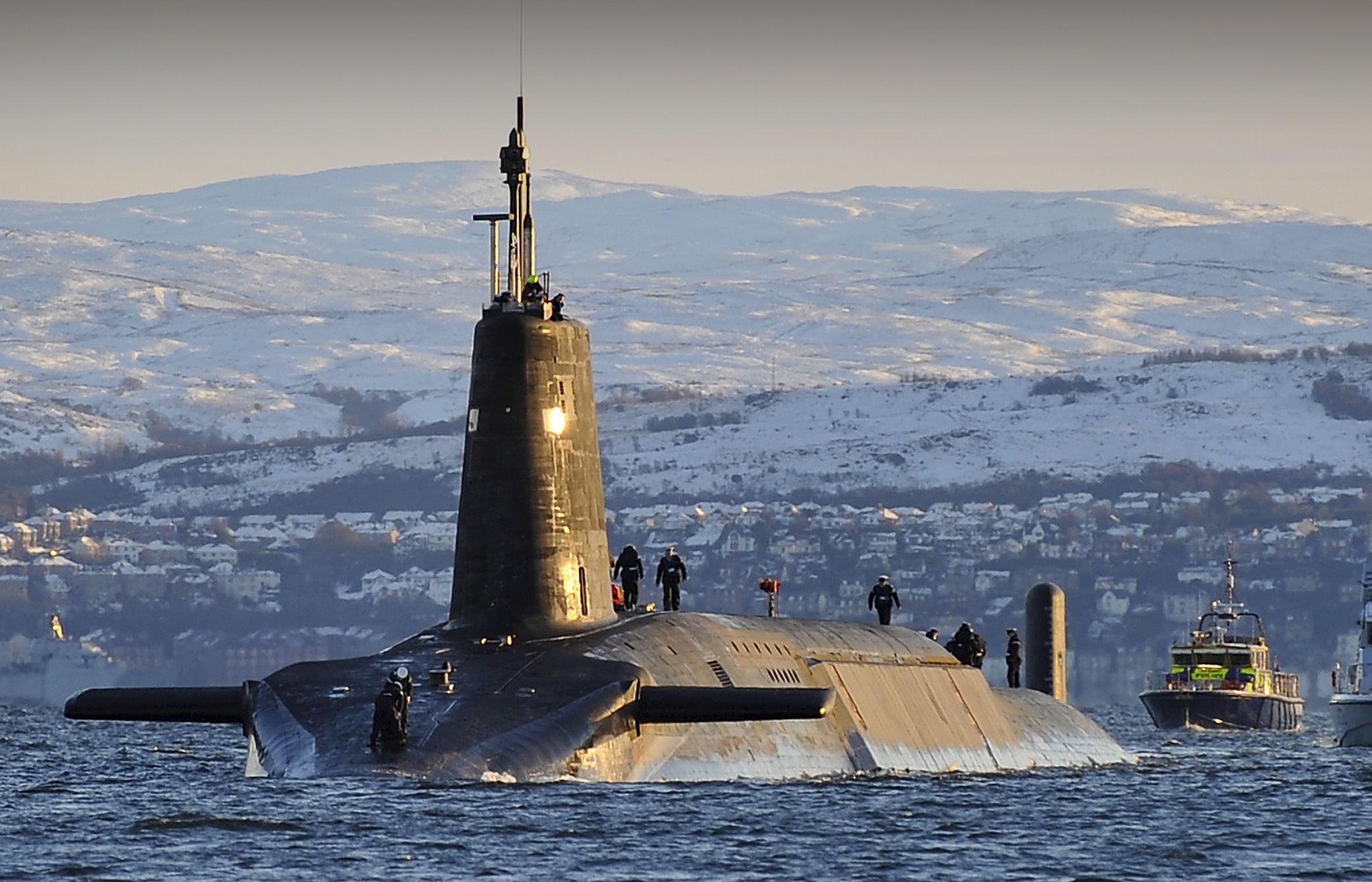

“But it still is urgent, and through policy, and through art and through journalism, we have to be able to stave off the worst.UD physicist Marianna Safronova and collaborators have won a highly competitive “Synergy Grant” from the European Research Council to develop nuclear clock technology. “It’s really hard to stay engaged on an urgent issue that is 75 years old,” she added. The public has to engage on this because it’s their money. In the US, we’re about to spend $1.8tn on a new nuclear arsenal. “We at the Bulletin believe that public engagement is crucial to this. “He got the time wrong, but he used it and we agree with that part of it,” Bronson said. Boris Johnson referred to the Doomsday Clock in his speech to the Cop26 summit in Glasgow in November, though he mistakenly said it was set at a minute to midnight. It has since appeared in cold war novels, episodes of Doctor Who, songs by The Who and Iron Maiden. It is an image designed to cut through the dense nature of the underlying science to engage the public in the issues. And all of that in an image that is not language-dependent.” She added that the original time on the clock, seven minutes to midnight, “conveyed urgency, but also hope, a sense that there’s something we can do about it. “She took the imagery of countdowns and rocket launches and put it into a clock,” Bronson said. The design was originally going to be based on a U for Uranium, but the increasingly alarmed dinner table talk among the scientists in the couple’s social circle pushed Langsdorf towards more urgent imagery. She reckoned she was “the only artist they knew”. When he and his anxious colleagues decided to turn their mimeographed internal newsletter into a magazine in 1947, they turned to her to design the cover of the new Bulletin. The Doomsday Clock image was originally the work of Martyl Langsdorf, a noted abstract landscape artist of the era, whose husband, Alexander, was a physicist on the Manhattan Project. The closest the clock came at the height of the cold war was two minutes to midnight in 1953 after the first detonation of a thermonuclear warhead, a hydrogen bomb.īy the time of the Cuban missile crisis, the hands were at seven minutes to, but despite Brown’s apocalyptic editorial, the Bulletin decided not to move them forward because the shock of near catastrophe had given Washington and Moscow fresh incentive to work towards risk reduction and arms control.

With Russia poised to attack Ukraine, it is hard to imagine the clock being set back, and that means that the experts assess we are in greater danger now than ever. For the past two years it has been stuck at 100 seconds to midnight. On Thursday, the Doomsday Clock will be unveiled for the 75th time, and we will find out what way the Bulletin’s panel of scientists and security experts will move the minute hand. “He thought the world could end while he was on that flight,” said Rachel Bronson, the Bulletin’s current president. The image of the clock ticking away to midnight was intended to convey the sense of urgent peril, which Brown felt so viscerally on that 1962 flight to Washington.


 0 kommentar(er)
0 kommentar(er)
